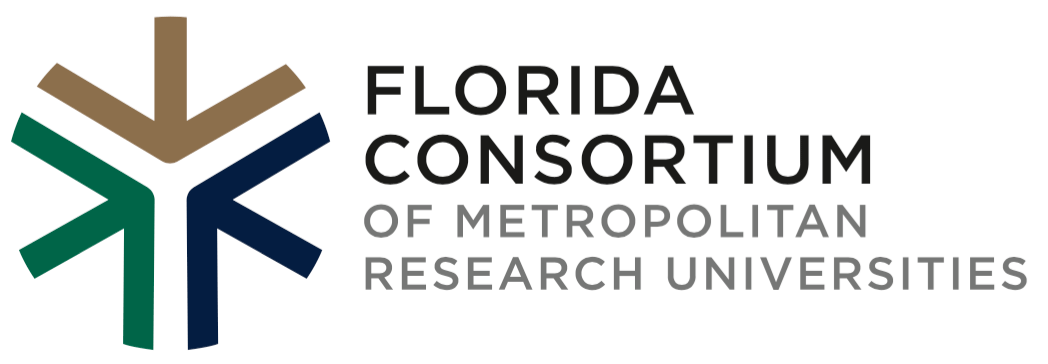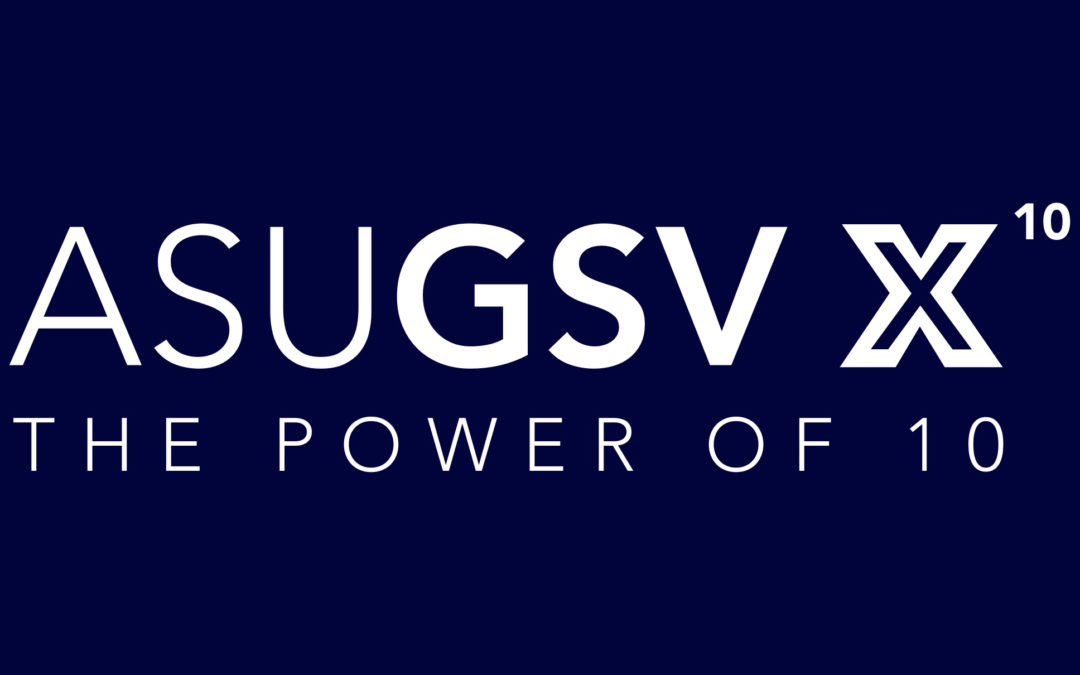In its 10th year, ASU-GSU brings higher education and educational technology leaders together to discuss the latest advancements in higher education and student success. Initially this conference was as an Arizona State University sponsored event with about 350 participants from 30 universities, 53 technology and education entrepreneurs, and 65 investors. However, it has grown to over 4,700 participants from 750 universities, 375 technology and education entrepreneurs, and 400 investors making it THE place to be for riveting higher education discussions, workforce trends, and the latest ed-tech innovations.
With over 500 educational sessions and presentations and an endless cavalcade of blue ribbon panels and keynote speakers, the event can be a bit overwhelming. However, this year employability and closing the skills gap was a common thread throughout the conference. Also noteworthy, defining the value of higher education in a way higher education has never measured it.
For example, Strada Education led Five ways Higher Education Can should use Labor Analytics, during this session Rob Sentz from Strada and John Gabrieli from Southern New Hampshire University showcased how they are working together to analyze local labor markets, communicate this data, and how students can fill those roles in order to quickly get to work. While it is important for students to graduate with degrees, higher education needs to help fill talent gap needs by local employers.
Florida Consortium executive director Michael Preston served on the Words Matter: Connecting the Language of Higher Education to the Job Market panel. Raymond Blackwood, vice-president of product management for Campus Management Company, Jamienne Studley, president and chief executive officer of WASC Senior Colleges and Universities Commission, and Kacey Thorne, director of program architecture at Western Governors University rounded out this panel. Overall this session highlighted the language employers use to discuss skills and talent needs alongside the way higher education defines them. Ultimately this disconnect makes it difficult for students to choose courses or majors to meet regional talent needs. Universities are limited by accreditation standards and curriculum practices as such aligning to workforce needs and assessing career outcomes poses its own set of challenges. In summary, we aren’t facing a skills gap, rather, this panel discussion unearthed a language gap.
However it is not a gap that does not have bridges to connect higher education and employers. Jamienne Studley noted that including co-curricular experiences is a great way to bridge the language divide; “One of the assumptions that has been made by some education institutions is that education is what happens in a classroom or explicit learning dynamic with a faculty member. And I think we under value the co-curriculum as a place to do that bridging, to demonstrate the application of the skills and competencies in a way that can take you right to the workplace.”
In closing, Matt Sigelman, CEO of Burning Glass guided this panel discussion. The team generally agreed that higher education’s ability is centered on three major principles of nomenclature alignment. These include:
- Universities need to leverage new technologies and out of higher education driven economic data. By using companies such as Burning Glass we can do a better job of understanding local workforce needs and what skills are desired.
- We need to map programs and courses to workforce needs and this requires the full engagement of our faculty, a group we seldom engage in this process.
- Finally, finding smoother pathways to communicate with employers what to expect from our students and provide guidance on how to best onboard them.
ASU-GSV Summit returns to San Diego, March 30 – April 1, 2020.
Related Information:

